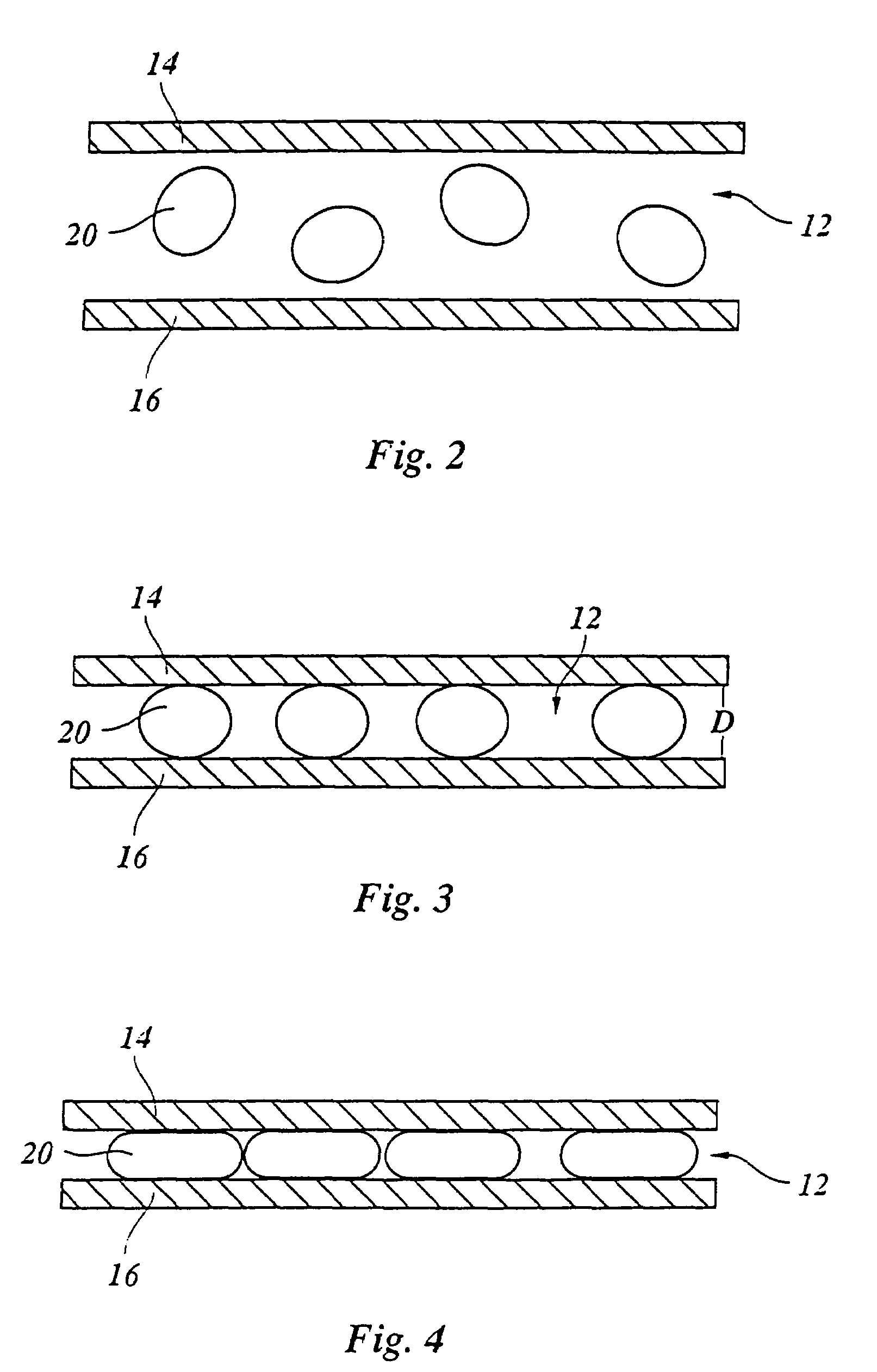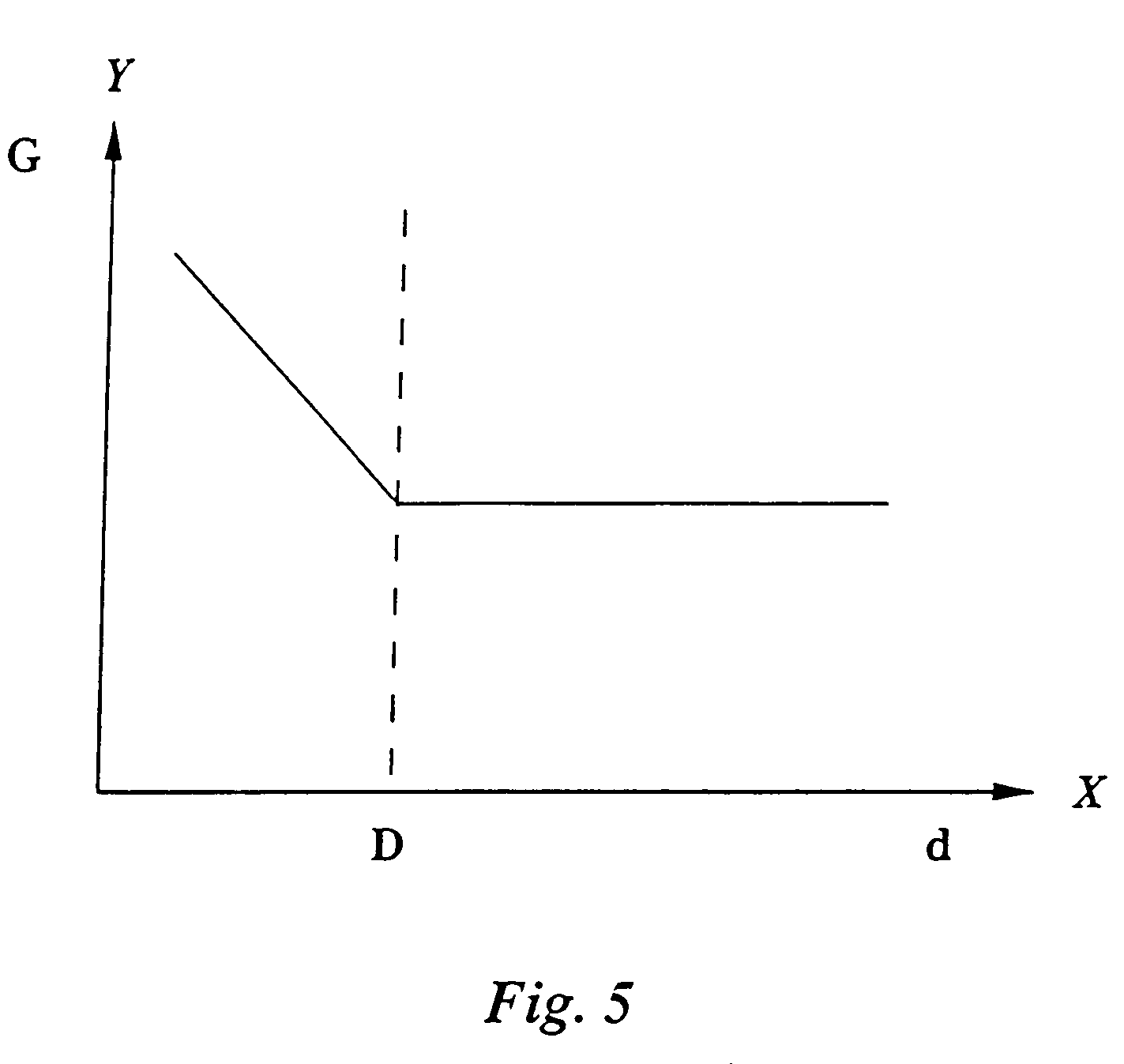Method for the examination of cells in a culture medium
- Summary
- Abstract
- Description
- Claims
- Application Information
AI Technical Summary
Benefits of technology
Problems solved by technology
Method used
Image
Examples
Embodiment Construction
[0028]The apparatus 10 shown in FIG. 1 for in-situ microscopy of cells in a culture medium encompasses a sample volume 12 between two windows 14, 16 that are aligned perpendicular to the optical axis of a microscope lens 18 used to image cells 20 in the sample volume 12. In the most simple embodiment, the windows 14, 16 are glass plates. The embodiment shown here serves primarily for examining organic cells 20. But in principle the present invention is not limited to such cells but is also suited for examining non-organic particles suspended in a liquid medium.
[0029]The sample volume 12 is illuminated by an illumination arrangement 22 having a light source 24 and a condenser 26 operating in a so-called transmitted-light mode. In the case shown here, a bright-field illumination is employed, but any other type of illumination arrangement is also possible. If the illumination source and the lens 18 are located on the same side of the object, as is the case in an incident-light arrangem...
PUM
 Login to View More
Login to View More Abstract
Description
Claims
Application Information
 Login to View More
Login to View More - R&D
- Intellectual Property
- Life Sciences
- Materials
- Tech Scout
- Unparalleled Data Quality
- Higher Quality Content
- 60% Fewer Hallucinations
Browse by: Latest US Patents, China's latest patents, Technical Efficacy Thesaurus, Application Domain, Technology Topic, Popular Technical Reports.
© 2025 PatSnap. All rights reserved.Legal|Privacy policy|Modern Slavery Act Transparency Statement|Sitemap|About US| Contact US: help@patsnap.com



